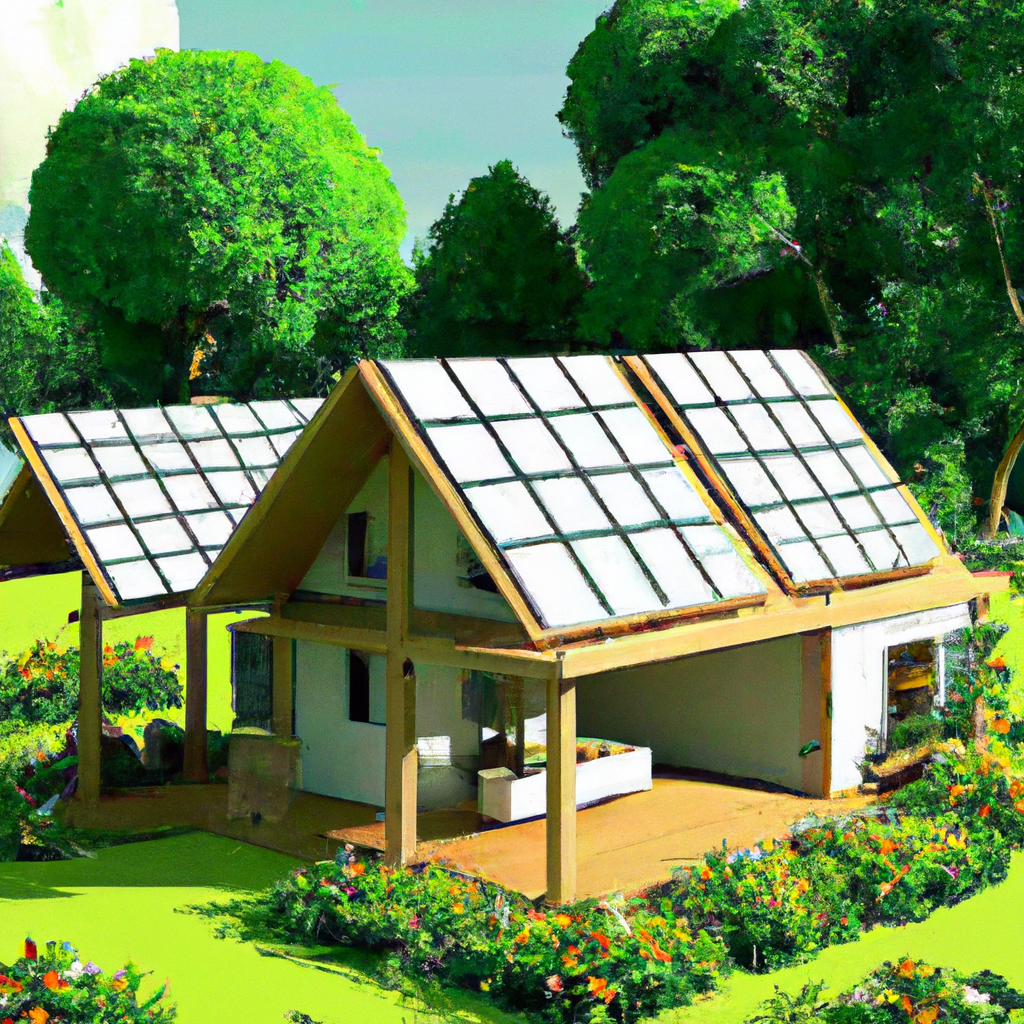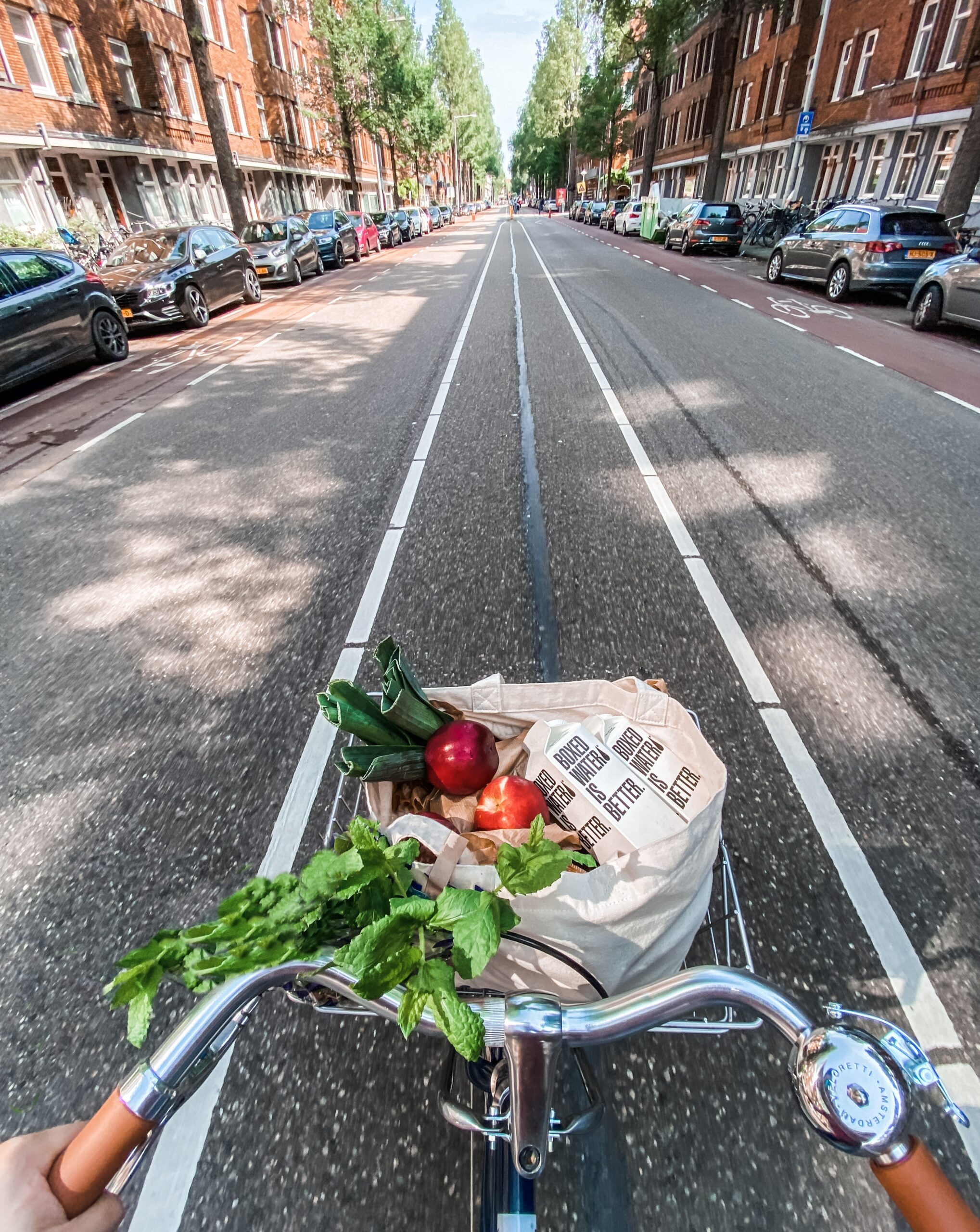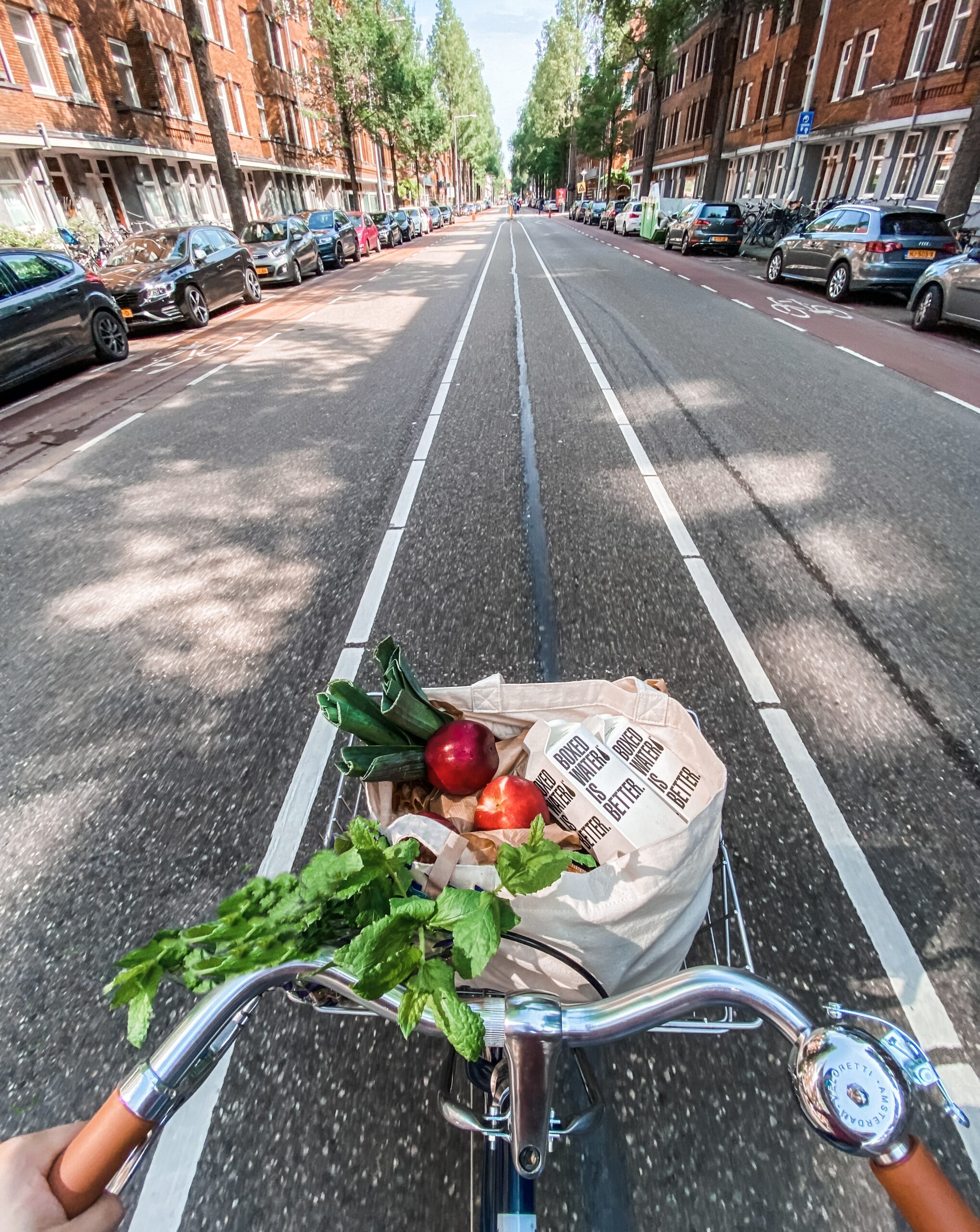#1 What Are The Advantages And Disadvantages Of Hydroelectric Power?
Discover the advantages and disadvantages of hydroelectric power. Learn about its renewable and sustainable nature, minimal emissions, reliability, flexibility, and water management capabilities. Also, explore its environmental impact, limited locations, high costs, vulnerability to drought, community displacement, and impact on fish migration. Find out how hydroelectric power can contribute to a more sustainable energy future.










